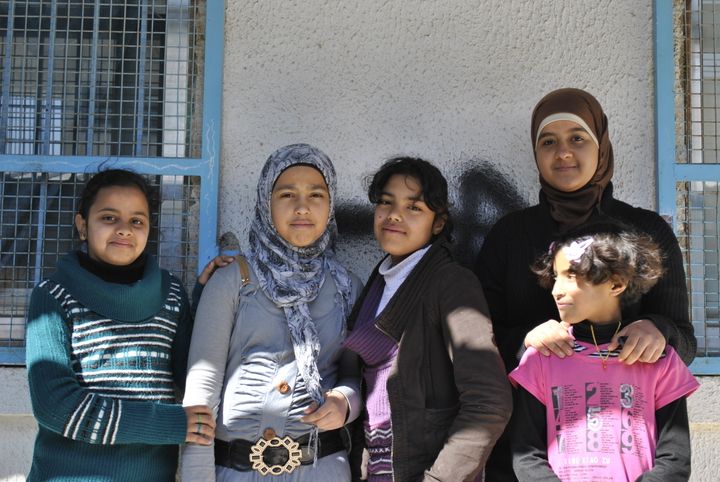“Migrants and refugees are not pawns on the chessboard of humanity.”
-Pope Francis

We’ve seen devastating pictures of refugees from all over the world headlining our daily news. Families, children, doctors, musicians, educators, students- their lives thrown into a situation beyond their control. I cannot fathom the pain, misery, and despair. Simultaneously, I am in awe of their resilience and strength. Here’s a unique, uplifting story that shines a light on refugees in Jordan.
Lyth Saeed currently works at a recruiting agency in California. Originally, he is from Jordan, where he developed an art project to empower refugee children. He implemented this project when he was a senior in high school, illustrating that age doesn’t have to act as a barrier for creating change.
According to the United Nations, there are currently more than 685,197 refugees from Jordan. I sometimes struggle with how far away this feels. It’s hard to feel that 685,197 isn’t just a number, but hundreds of thousands of individuals- people with unique habits, quirks, fears, and dreams. Lyth spent four months working with refugee children, giving them an outlet for self-development through media and photography.



The Sawerni Project:
Lyth collaborated with another nonprofit to create The Sawerni Project. Sawerni in Arabic means “picture me”. This project was about looking at photos and stories from a different perspective. He gathered approximately 20 children between the ages of 10-15 living in the Gaza Refugee Camps in Jersh, Jordan. Over four months, these kids developed photography skills while taking field trips around Jordan. Essentially, Sawerni was about seeing the world through the eyes of these 20 refugee children.
The children were given disposable cameras to take pictures representing their lives. Many left the camp for the first time to go on group field trips to ancient Roman theaters and castles. At the end of the program, the children created a scrapbook that weaved together their personal stories with photos. They learned the art of public speaking and presented their work to judges and one lucky winner walked away with an SLR camera. Lyth described the best part of the project as watching the inspiration and curiosity unfold.

Sawerni wasn’t just about taking pictures, but about giving opportunities to kids who would otherwise not have the chance to explore and utilize their creative skills. Lyth stated, “our goal was to look beyond poverty and their current refugee situation, and dissect the simplicity of art through multiple dimensions.”
Art often serves as a therapeutic, meditative tool for finding one’s voice. As refugees have to focus on surviving, their time and materials for creative expression and development is lacking or nonexistent. While The Sawerni Project didn’t absolve all of these children’s problems, it brought a spark of joy into their lives.
It’s obvious that our society is obsessed with media and photos. We’re consumed with capturing moments, telling our stories, and creating narratives. Many scholars argue that stories are what make us human. Lyth gave these children the power of ownership and the freedom of creative expression. He switched the control panel; it wasn’t a foreigner coming in to paint the story of these children, but rather the children telling the story themselves. Lyth reminds us through his work with Sawerni that we all have the power to help through empathetic small acts and a compassionate heart.
